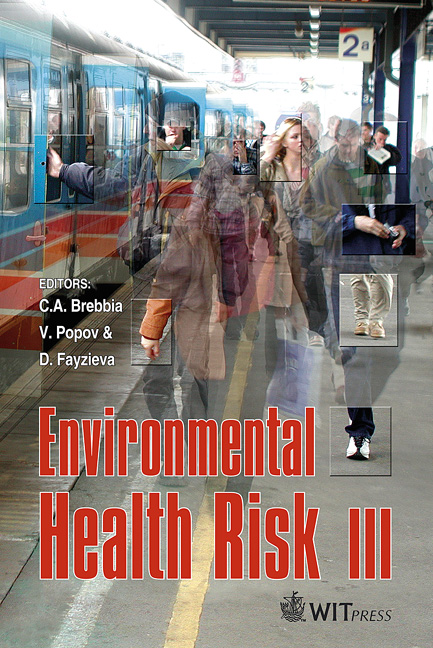Residual Radioactivity From The Treatment Of Water For Urban Domestic Applications
Price
Free (open access)
Transaction
Volume
9
Pages
10
Published
2005
Size
386 kb
Paper DOI
10.2495/EHR050381
Copyright
WIT Press
Author(s)
R. Kleinschmidt
Abstract
An assessment of radiologically enhanced residual materials generated during treatment of domestic water supplies in southeast Queensland, Australia was conducted. Radioactivity concentrations of 3H, 210Po, 222Rn, 226/228Ra, uranium and thorium in water sourced from both surface water catchments and ground water resources were examined both pre- and post-treatment under typical water treatment plant operations. Surface water treatment processes included sedimentation, coagulation, flocculation and filtration, while the groundwater was treated using cation exchange resins. Waste products generated during treatment included sediments, filtration media, used ion exchange resin, backwash and wastewaters. Elevated residual concentrations of radionuclides were identified in these waste products. The waste product activity concentrations were used to model the radiological impact of the materials when either utilised for beneficial purposes, or upon disposal. The results indicate that, under current water resource exploitation programs, reuse or disposal of the treatment wastes do not pose a significant radiological risk, however, regulatory disposal limits may be exceeded for disposable carbon filters from household point-of-use treatment systems. The impact of population growth and changes in water supply sources are also considered. Keywords: water treatment, radioactivity, TENORM, waste. 1 Introduction As the population of southeast Queensland, Australia, continues to increase, the need for adequate water resources will continue to expand. Alternative supplies will be required to meet the demands for water as traditional sources become
Keywords
water treatment, radioactivity, TENORM, waste.





